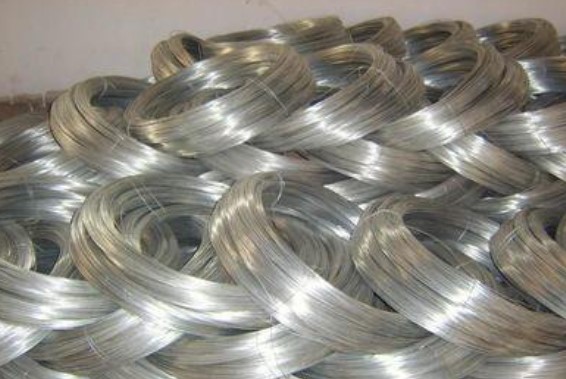The Versatility and Applications of Perforated Aluminium Plates
Perforated aluminium plates are an essential material in various industries due to their unique properties and versatility. These plates, characterized by numerous holes punched through the material, offer a range of benefits that make them suitable for various applications, from architecture to manufacturing.
Properties of Perforated Aluminium Plates
The primary advantage of perforated aluminium plates is their lightweight nature. Aluminium itself is a lightweight metal, and when perforated, it becomes even more advantageous for applications where weight is a critical factor—such as in the construction of buildings, vehicles, and machinery. Additionally, aluminium is naturally resistant to corrosion, providing longevity and durability to structures that use this material. The perforation process does not compromise this property; instead, it enhances the aesthetic appeal and functionality of the plates.
Furthermore, the design of the perforations can be customized to meet specific requirements. The size, shape, and arrangement of the holes can vary widely, allowing for innovative designs that cater to both practical and creative needs. This customizability is particularly advantageous in architectural applications, where designers seek to create visually striking facades while ensuring the structures remain functional and efficient.
Applications in Architecture
In the architectural realm, perforated aluminium plates have become a popular choice for facades, sunscreens, and decorative walls. Architects and designers appreciate the ability of these plates to allow natural light to filter through while providing shade and privacy. This makes them suitable for both residential and commercial buildings. The aesthetic appeal of perforated panels can transform a mundane structure into a work of art, enhancing the overall visual impact of the architecture.
Another interesting use is in acoustic applications. Perforated aluminium plates can help in managing sound within a space. By strategically placing these panels, spaces can be designed to minimize noise and improve sound quality, making them ideal for auditoriums, concert halls, and even corporate office spaces where communication is crucial. The design of the perforations can be tailored to absorb or reflect sound waves, augmenting their functionality.
perforated aluminium plate

Industrial Uses
Beyond architecture, perforated aluminium plates also find significant applications in various industrial sectors. One of the most common uses is in filtration systems. The open holes allow for efficient airflow while filtering out particulate matter. This property is vital in industries involving air or liquid filtration, ensuring that equipment operates efficiently and is protected from contaminants.
In the manufacturing sector, perforated aluminium is often used in conveyor systems and as protective screens. The lightweight design combined with strength makes these plates suitable for applications where heavy loads are not a concern, allowing for efficient transport and movement of goods within a facility. Additionally, they can serve as grilles and guards to protect sensitive machinery from debris or other contaminants.
Environmental Benefits
The use of aluminium, particularly in its perforated form, also contributes positively to environmental sustainability. Aluminium is 100% recyclable, which means that waste produced during the production and use of perforated plates can be reprocessed. This aspect reduces the demand for new raw materials and lowers the overall environmental impact associated with mining and production. As industries increasingly focus on sustainability, the demand for recyclable materials like perforated aluminium plates is likely to grow.
Conclusion
In conclusion, perforated aluminium plates offer a blend of aesthetic appeal and practical functionality across numerous applications. Their lightweight, corrosion-resistant nature, coupled with the ability to customize hole patterns, makes them an attractive choice in architecture, industrial manufacturing, and sound management systems. As industries continue to evolve, the versatility of perforated aluminium plates positions them as a staple material that meets both contemporary design trends and practical engineering needs. With a strong emphasis on sustainability, these plates exemplify how modern materials can contribute positively to both functionality and the environment. The future of perforated aluminium plates looks promising as their applications expand, providing innovative solutions across various fields.

















